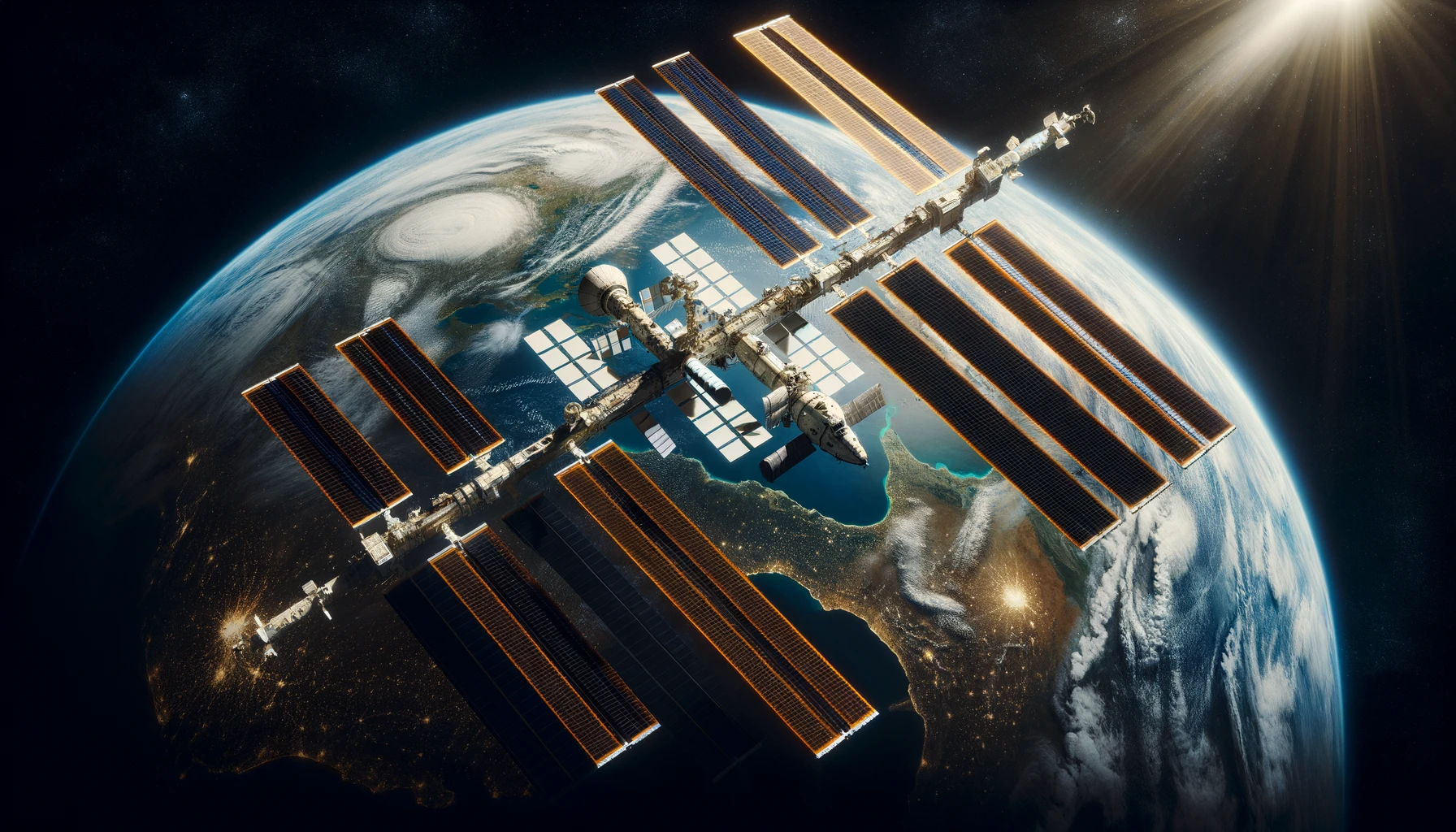The discovery of a new planet, Gliese 12 b, has the astronomical community buzzing with excitement. This planet, located just 40 light-years away, presents a unique opportunity to study a world that is similar in size to Earth and Venus. Notably, the discovery was made using NASA’s Transiting Exoplanet Survey Satellite (TESS) in collaboration with other observatories, making it a significant milestone in exoplanet research. Given its proximity and characteristics, Gliese 12 b could provide crucial insights into planetary atmospheres and habitability.
TESS observed the sky and tracked brightness changes to identify transits, which are brief dimmings of stars caused by orbiting planets. Gliese 12 b orbits a cool red dwarf star called Gliese 12. The planet’s size and its distance from its star, which is only 7% of the distance between Earth and the Sun, make it an excellent candidate for further study. The planet receives 1.6 times more energy from its star compared to Earth, marking it as a potential exo-Venus.
Characteristics of Gliese 12 b
Gliese 12 b is slightly smaller than Earth and has a surface temperature of approximately 107 degrees Fahrenheit assuming it lacks an atmosphere. The planet’s host star is about 27% the size of our Sun, with 60% of the Sun’s surface temperature. These factors make red dwarf stars like Gliese 12 ideal for finding Earth-sized planets due to the more pronounced dimming and “reflex motion” caused by orbiting planets.
The lower luminosity of red dwarfs means their habitable zones are much closer, enhancing the possibility of detecting planets that might have liquid water. Gliese 12 b’s atmospheric retention capabilities, along with its energy reception, make it a subject of interest for understanding atmospheric loss and retention in Earth-sized planets orbiting cool stars.
Research and Future Implications
The discovery teams, led by Masayuki Kuzuhara and Shishir Dholakia, suggest that studying Gliese 12 b could shed light on atmospheric dynamics and planetary habitability. The planet’s proximity allows for detailed examination using current facilities, such as NASA’s James Webb Space Telescope. Understanding whether Gliese 12 b retains its atmosphere could answer larger questions about the evolutionary paths planets take.
Previous studies on similar exoplanets, such as those identified by the Kepler Space Telescope, have set a precedent for studying planets in habitable zones of red dwarfs. However, Gliese 12 b’s unique characteristics and its location make it an exceptional target for further research. The planet’s potential to teach us about atmospheric retention and loss, combined with its similarities to Earth and Venus, provides a valuable opportunity to expand our knowledge of planetary science.
By analyzing the chemical fingerprints left in the starlight passing through Gliese 12 b’s atmosphere during transits, scientists hope to determine the composition and extent of its atmosphere. These findings could reveal if the planet has the potential to support life or if it follows a path more similar to Venus, which lost its water due to atmospheric conditions.
Key Takeaways
• Red dwarf stars facilitate the discovery of Earth-sized planets due to significant dimming and reflex motion.
• Gliese 12 b’s proximity and characteristics make it a prime candidate for studying atmospheric retention.
• NASA’s James Webb Space Telescope will play a crucial role in analyzing the planet’s atmosphere.
Gliese 12 b represents a significant opportunity for astronomers to study an exoplanet that closely resembles Earth and Venus. Its discovery not only adds to the growing list of potentially habitable exoplanets but also provides a closer look at atmospheric dynamics and planetary evolution. Future observations with advanced telescopes could clarify whether this planet retains an atmosphere and if it could potentially support life. These insights are vital for understanding the conditions that make a planet habitable and the complex processes that govern planetary environments across the galaxy.










